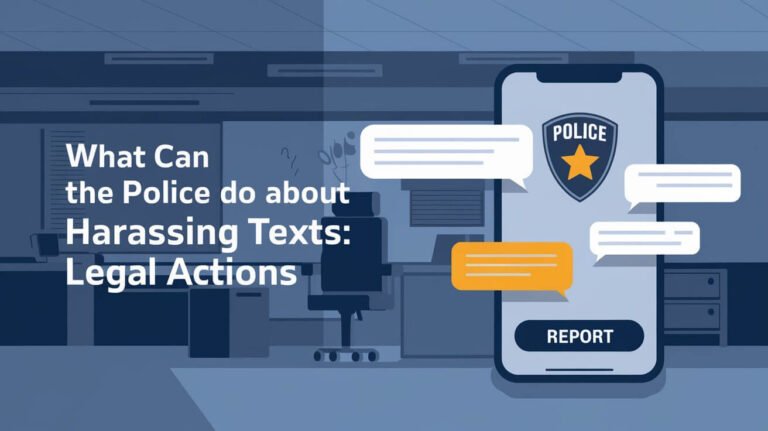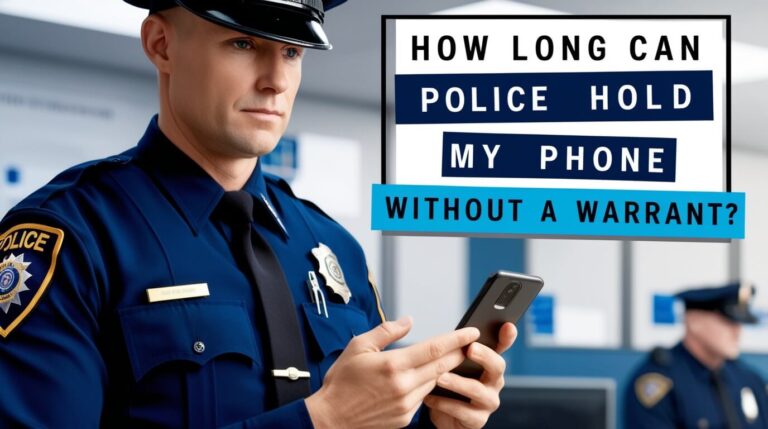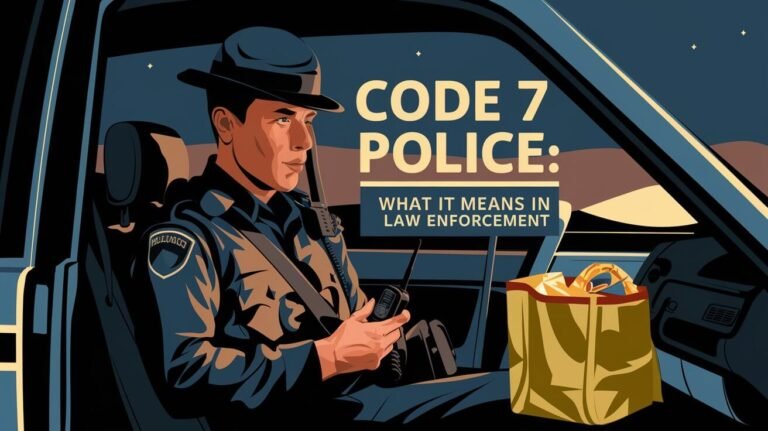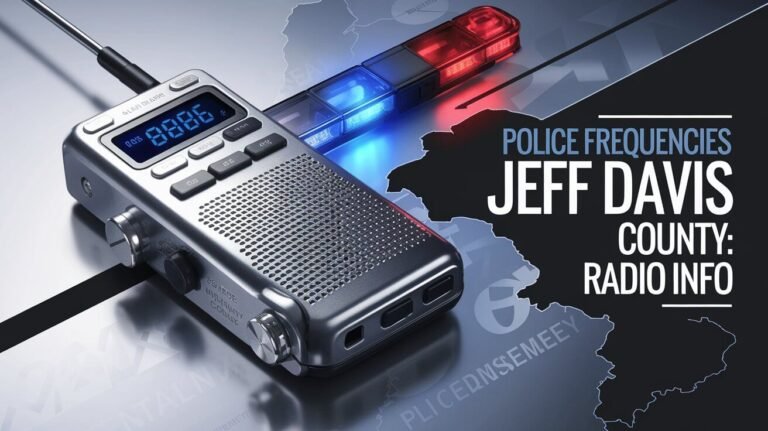Military vs Police Phonetic Alphabet: Uncovering the Differences
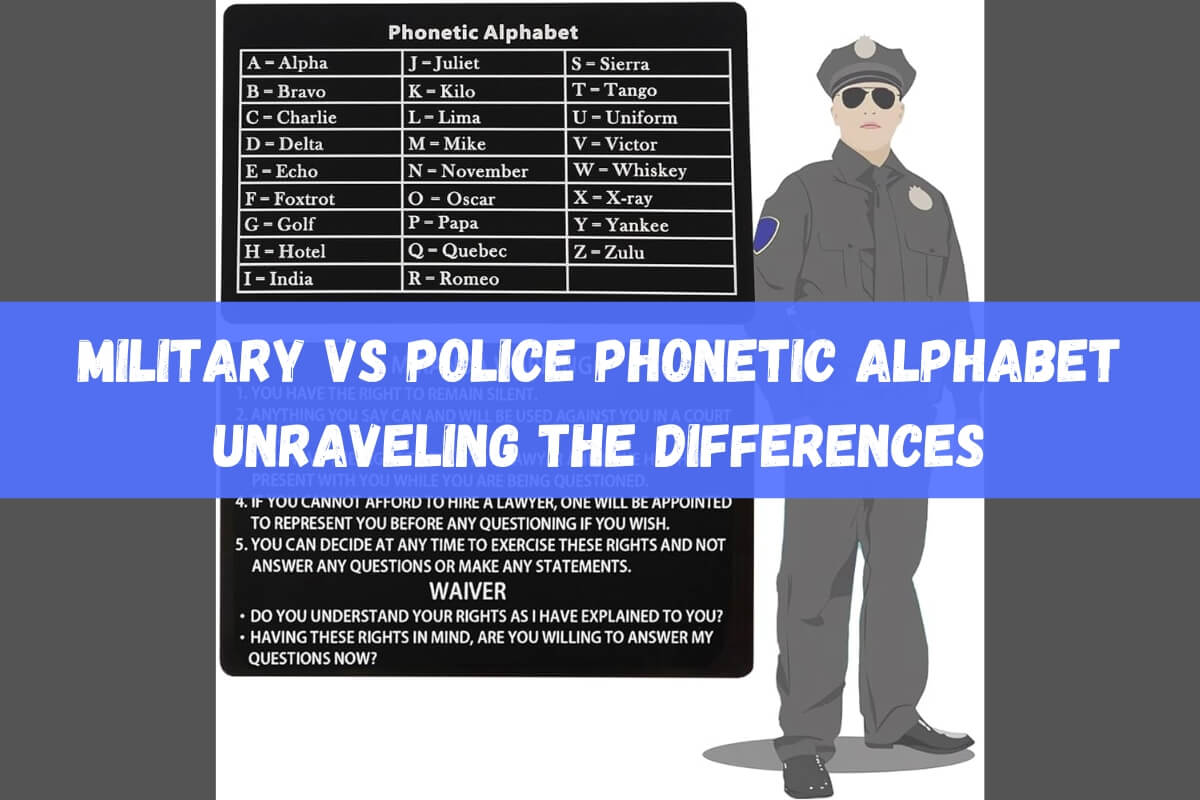
Have you ever watched a war movie or police TV show and heard the characters rattle off bizarre code words like “Alpha, Bravo, Charlie” or “Adam, Boy, Charles” instead of just using regular letters? They’re not speaking in some secret military language – they’re utilizing special phonetic alphabets designed to ensure clear communication over radio channels.
But why do the military and police use different phonetic alphabets? And what’s the difference between them?
The main distinction is that while the military utilizes a standardized “NATO phonetic alphabet” globally, police forces in the United States have traditionally favored a more concise “law enforcement phonetic alphabet” derived from procedures first proposed in 1940 by a public safety organization.
This guide explores the origins and evolution of phonetic alphabets used for clear communication. It explains why dedicated wordlists are needed, highlights differences between military and law enforcement versions, and discusses their importance in critical situations. Additionally, it mentions pop culture examples that made these unique alphabets popular.
What is a Phonetic Alphabet?
At its core, a phonetic alphabet is a special set of code words assigned to each letter of the standard alphabet. Instead of saying “A” or “B”, you’d substitute “Alpha” or “Bravo” when spelling something out orally.
The primary purpose is to prevent miscommunication and confusion when relaying important information like names, locations, or license plates over radio or telephone channels that may suffer from poor sound quality or interference.
After all, many letters can sound remarkably similar when spoken, especially amidst background noise. “B” and “D” often blur together, as can “M” and “N”. But words like “Bravo” and “Delta” are distinct and easily discernible.
That’s why phonetic alphabets are critically important for military operations, aviation, maritime communications, emergency services, and any scenario where garbled messages could have disastrous real-world consequences. They inject a crucial layer of clarity.
The Origins of Phonetic Alphabets
The roots of modern phonetic alphabets can be traced back to the early 20th century and the rise of new communication technologies like radio and telephony. As these systems were adopted, there was an obvious need for standardized procedures to orally convey letters and numerals despite weak signals or interference.
One of the first notable examples was the International Telegraph Union (ITU) alphabet introduced in the 1920s, which utilized geographic locations like “Amsterdam,” “Baltimore,” and “Gallipoli” as word codes.
However, the ITU alphabet never saw widespread adoption for voice communications. Instead, the first true phonetic alphabets designed specifically for oral use began emerging in the 1940s.
The NATO Phonetic Alphabet
In 1941, the U.S. military jointly adopted the simple “Able Baker” phonetic alphabet for use by all branches. This was quickly picked up by allied forces like the British Royal Air Force as well.
Able Baker Alphabet:
- A = Able
- B = Baker
- C = Charlie
- D = Dog
- E = Easy …
After World War 2, NATO recognized the need for an even more robust, standardized alphabet that could function across multiple languages. Their solution was the International Radiotelephony Spelling Alphabet, unveiled in 1956.
This new wordlist drew inspiration from the Able Baker alphabet as well as feedback from telecommunication experts. It utilized more distinct, pronounceable code words to represent each letter:
NATO Phonetic Alphabet:
- A = Alpha
- B = Bravo
- C = Charlie
- D = Delta
- E = Echo …
The NATO phonetic alphabet swiftly became the globally accepted standard, adopted by civil aviation authorities, militaries, maritime agencies, and more. To this day, it remains the predominant spelling alphabet used in most mission-critical communication scenarios around the world.
When is the NATO Alphabet Used?
While the general public primarily encounters the NATO alphabet through its appearances in movies and TV shows, it serves a vital real-world purpose across numerous sectors:
- Military Operations: All branches of the armed forces rely on the NATO alphabet for relaying critical information with zero ambiguity.
- Air Traffic Control: Both civilian and military air traffic controllers use NATO words to ensure total clarity when communicating callsigns, flight coordinates, etc.
- Maritime Communications: Ship-to-ship and ship-to-shore communications depend on the unmistakable code words of the NATO alphabet to prevent potentially catastrophic misunderstandings.
- Emergency Services: Some police, fire, and EMS agencies in certain regions have also adopted the NATO alphabet, especially when coordinating multi-agency response efforts.
In any context where miscommunication could lead to disastrous outcomes, the standardized NATO phonetic alphabet provides a clear, consistent way to communicate letters and numbers verbally.
The Police/APCO Phonetic Alphabet
While the military and international authorities were developing the Able Baker and NATO alphabets, police radio communications in the United States followed a separate path shaped by the Association of Public-Safety Communications Officials (APCO).
In an April 1940 newsletter, APCO first advocated for the creation of “a standard set of words representing the alphabet” for use by law enforcement agencies across the country. A committee surveyed existing police radio stations about the makeshift wordlists they were already employing.
The result, published later that year, was the original APCO radiotelephony spelling alphabet:
- A = Adam
- B = Boy
- C = Charles
- D = David
- E = Edward …
This alphabet proved popular with police forces due to its straightforward, easily recognizable words and overall concise nature compared to the military versions.
Even after the NATO alphabet’s introduction in 1956, most American law enforcement agencies stuck with the APCO alphabet or localized variations of it. The punchy “Adam, Boy, Charles” stuck around as a quirky artifact of early police communication procedures.
Variations Across Police Departments
While the core APCO alphabet has remained relatively consistent, you’ll find subtle regional variations when comparing the phonetic alphabets used by different law enforcement agencies.
For example, the Los Angeles Police Department (LAPD) personally utilizes:
- A = Adam
- B = Boy
- C = Charles
- D = David
- E = Edward
- F = Frank …
Meanwhile, the New York Police Department (NYPD) opts for “Eddie” over “Edward”, and “Peter” rather than APCO’s “Paul” for the letter P.
These minor localized tweaks don’t fundamentally impede communication between neighboring police forces. But they highlight how the original APCO alphabet kickstarted an organic process of personalization as it propagated across the country.
Key Differences Between Military and Police Alphabets
At this point, you’ve probably noticed a distinct pattern – the police/APCO alphabet tends to favor shorter, punchier code words compared to the more elaborate vocalized letters of the NATO version.
Some prime examples:
- NATO: Foxtrot
- Police: Frank
- NATO: India
- Police: Ida
- NATO: November
- Police: Nora
This design choice directly reflects the different communication needs of military personnel versus law enforcement officers.
NATO forces use a specialized alphabet for clear communication in multiple languages, while American police use short code words to quickly share information over radio channels during stressful situations, saving precious time.
Using short code words can lead to confusion, especially between nearby areas that use slightly different lists, due to the potential for ambiguity.
Weighing the Pros and Cons
Both the NATO and APCO-derived police alphabets have their advantages and shortcomings:
NATO Pros:
- Highly standardized across languages/nations
- Minimizes errors from similar-sounding letters
- Established as a universal standard
NATO Cons:
- Lengthier words can slow down communications
- Less intuitive/recognizable for native English speakers
Police Pros:
- Quick and efficient for common radio duties
- More intuitive wordlist for English speakers
- A long-established tradition among US law enforcement
Police Cons:
- Potential ambiguities between jurisdictions
- Some letters still sound very similar (M/N, B/D, etc.)
- Not standardized outside of the US
Essentially, it boils down to prioritizing speed/concision versus crystal-clear internationalized communication standards. The context and nature of the communication environment dictate which phonetic alphabet proves more practical.
The Phase-Out of 10-Codes in Policing
In addition to dedicated phonetic alphabets, police radio communications have historically relied heavily on numerical “10-codes” as a form of radio brevity coding.
Everyone’s likely familiar with the ubiquitous “10-4” for “affirmative/acknowledged.” But these terse 10-codes covered everything from officer needs assistance (10-33) to report a traffic accident (10-50).
However, the downsides of 10-codes eventually became apparent. With no universal standardization across jurisdictions, a 10-33 in one city could mean something entirely different in the next. This lack of consistency proved disastrous when multiple agencies responded to the same major incident like a natural disaster.
As a result, police departments have been actively phasing out 10 codes over the past couple of decades in favor of plain speech communications, especially for inter-agency coordination. While the occasional “10-4” may slip out, descriptive voice transmissions are now the overwhelming preference.
After all, there’s zero ambiguity when an officer radios “Requesting backup” rather than “10-something.” Embracing voice procedures aligns with the overall rationale behind adopting phonetic alphabets – minimizing any possibility of miscommunication.
Importance of Clear Communication in Public Safety
Whether you’re examining the military’s NATO alphabet or law enforcement’s APCO versions, the overarching goal is the same – ensuring critical messages can be transmitted and received with total clarity.
For military and civilian aviation personnel carrying out complex operations, even the slightest error in relaying coordinates or call signs could prove catastrophic. The highly structured NATO alphabet eliminates that risk.
In law enforcement, quick and accurate communication can quite literally mean the difference between life and death. Officers need to convey suspect descriptions, vehicle details, location information, and more as efficiently as possible during rapidly unfolding situations. The police phonetic alphabet serves as a crucial tool in those high-pressure moments.
During multi-agency response scenarios like an active shooter event or natural disaster, phonetic alphabets become even more vital. With personnel from various police/fire/EMS departments all responding, the potential for confusion skyrockets if they’re operating off different codes and alphanumeric standards. Embracing universal procedures like the NATO alphabet ensures everyone is on the same page.
Phonetic wordlists are crucial tools that provide clear communication in critical situations where mistakes can have severe consequences.
Examples from Popular Culture
Hollywood has helped make phonetic alphabets well-known, even though most people may not understand why they’re needed.
The classic 1968s TV series “Adam-12” took its name directly from the LAPD’s police alphabet and radio code system. The show’s protagonists, Officer Pete Malloy and rookie Jim Reed drove a patrol car designated as “1-Adam-12.”
Viewers of the action TV series “CHiPs” about California Highway Patrol officers wielding motorcycles, would frequently hear radio identifiers like “7-Mary-3” or “8-David-20” utilizing the CHP’s variation on the APCO alphabet.
Meanwhile, most mainstream war movies or military fiction inevitably incorporate characters frantically spelling out coordinates using the unmistakable (if initially indecipherable) call words of the NATO alphabet.
Beyond simply helping to highlight law enforcement and military realism, these pop culture examples have helped permanently cement phonetic alphabets as a widespread concept in the public zeitgeist. Everyone has likely heard them referenced at some point, even if the underlying purpose didn’t initially “click.”
The Future of Phonetic Alphabets
As technology evolves and digital communication systems continue advancing, one could argue the reliance on phonetic alphabets may inevitably wane. With textual information transfer and automatic speech transcription becoming ever more reliable, the core need for orally spelling things out could diminish.
The military faces inherent risks and lacks modern amenities during deployments or austere environments. The NATO alphabet remains a reliable failsafe for voice communication.
In law enforcement, the police alphabet’s persistence largely comes down to entrenched tradition at this point. Some agencies have pushed to adopt the NATO version for consistency. But the legacy of that original 1940 APCO wordlist has proven difficult to shed completely.
Phonetic alphabets will remain essential tools as long as humans need to verbally exchange information in imperfect conditions. They are effective communication practices born out of necessity and the quest for clarity.
Conclusion
From the heavily abbreviation-laden missives of 19th-century telegraphs to our modern digital communications landscape, humans have continually sought new ways to enhance the accuracy and speed of critical message transfer.
The NATO phonetic alphabet and the various police alphabets derived from APCO stand as stellar examples of that drive for optimization. These special wordlists aren’t just random novelties, but carefully crafted procedures designed to eliminate ambiguity and miscommunication in high-stakes scenarios.
Military and law enforcement versions of phonetic alphabets have different features based on their needs, but they share the same goal to make oral communications clear and precise.
So the next time you hear those bizarre OscarWhiskey or DavidBoy code words being thrown around, you’ll have a newfound appreciation for the brilliant simplicity underpinning these vital communication tools. In realms where mistakes could prove catastrophic, these humble phonetic alphabets take on outsized importance.

